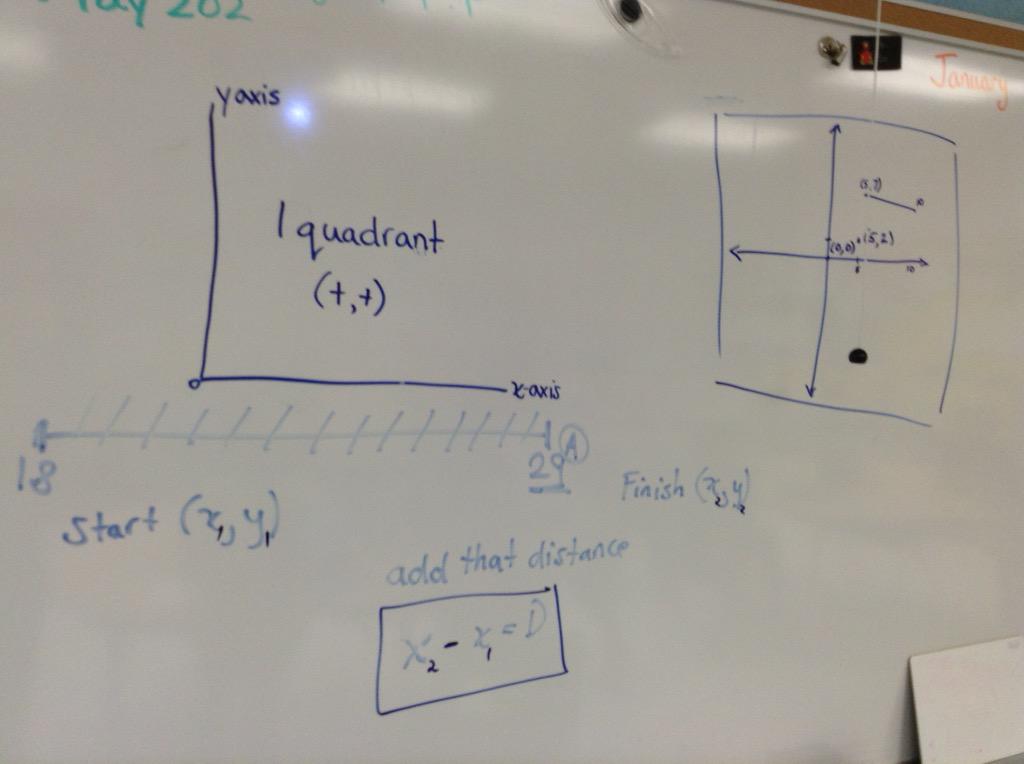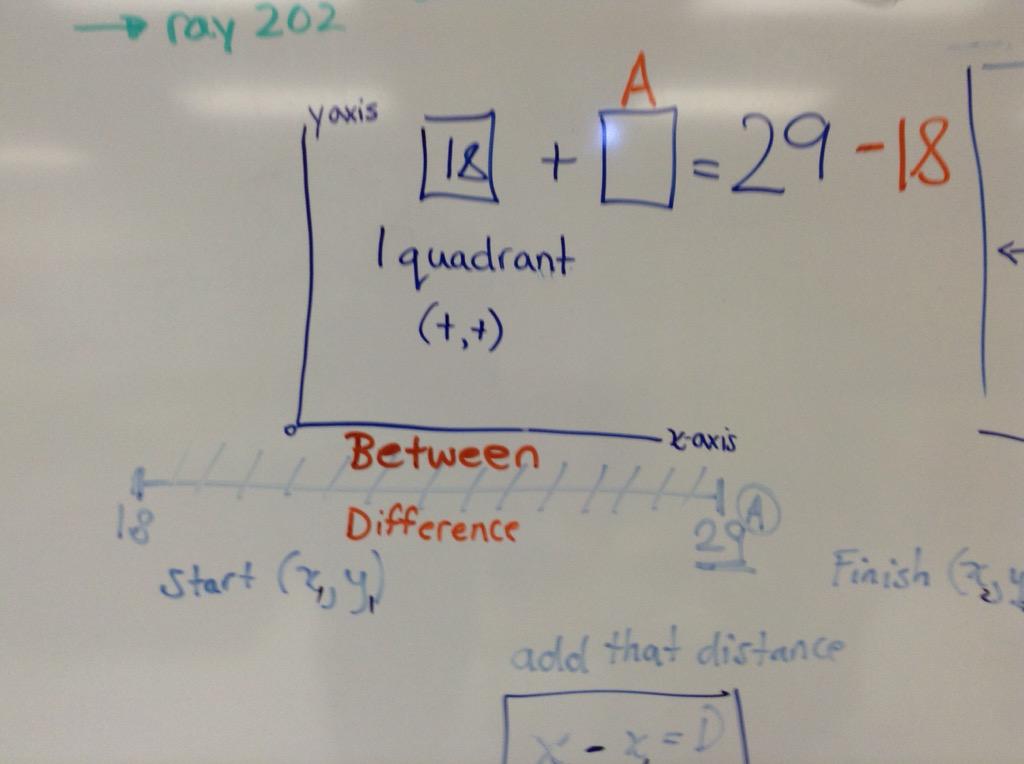Coding has been a hot topic in education lately and rightly so. It is an important subject. I was recently talking to a friend of mine who has to learn how to code because her job now requires it. More and more coding is becoming essential to any job of the future. The saying is so true we are training students for jobs that don't even exist yet.
Now it has taken me a while to get into the coding wave, per-say. The reason is that I have had a hard time figuring out how to fit coding into the curriculum. You see for me curriculum is and should the foundation for all of our learning and teaching. However, now that I have had some better understanding of coding I think I feel more comfortable incorporating it into my classroom.
I am writing this post to share some of my learning and to share some of my big ahas.
Why Code?
If you haven't tried coding once then you may not see the potential that coding has for your classroom. Coding is amazing, I have always thought this. Coding is a built in problem. The very essence of coding is creating something from nothing. The Code that you write ends up creating endless possibilities. You are only confined by your imagination. So why code? Because it teaches students to problem solve, to be at a disequilibrium, to be collaborative and engaged with the 21st century learning (yes I know that many of you may not like that term).
What programs are there for me to play with?
There are a lot of programs to play and learn how to code. First and foremost I would suggest going to code.org as this is an amazing website dedicated to coding. I would also suggest connecting with Brian Aspinall (@mraspinall) and Lisa Ann Flyod (@lisanneflyod).
There are also some great iPad apps:
Lightbot
Hopscotch
Scratch Jr
Code.org has an app too.
There are also many computer programs out there but one that I love is scratch.
So how did I start?
To be honest I just thought I would jump in but then had to rethink that plan as I really had no idea what I was doing. So the first step was coming up with an idea. At the moment we are studying measurement. I thought this would be a cool way to introduce coding and measuring concepts, especially non-standardize measuring.
So my assignment was: Measure the span of your hand.
Step 1: I allowed the students to explore the program of scratch. I think that it is important for students to explore the programs they are using, as they will do this anyways may as well give them time to do so.
Step 2: Gave them a set of challenges: (import a picture, draw a line, make a scratch move, and add a sprite)
Step 3: Write a program that would measure the span of your hand. (first test) (second attempt)
This process was amazing; however, it wasn't until I tweeted our first program to a friend (Lisa and Brian) of mine that we started to see where we went wrong. This is also where I learned about adding variables to my code would help to improve it. To be honest I had no idea what variables meant.
This is the amazing part of sharing your ideas. Lisa offered us great advice and my students took the learning opportunity. Hear is what they did:
This is the amazing part of sharing your ideas. Lisa offered us great advice and my students took the learning opportunity. Hear is what they did:
Lisa's
My Learning:
1) Students can do remarkable things:
Don't hold back because you don't have a good understanding of coding. You will be surprised at what students can accomplish.
2) Learn with the students and then share your learning:
Often through this process I was learning and working on the problem along with my students. As the students or I made a finding we stopped the class and talked about it. We even shared the links and had students remix the code.
3) Plan the curriculum expectations before hand:
Now make sure you have a plan of the big ideas in your mind. I often hear that these types of plans do not go well because the kids went wild or off task. If you don't have a plan they will. Keep the curriculum in mind.
4) If at first you don't succeed, try, try and try again.
Coding is worth it. It is such a rich task with high possibilities. I have made a lot of mistakes with coding in the classroom but to be honest even those mistakes the kids learned a lot both curriculum and with coding.
Overall, adding coding to my classroom was a lot of fun and so worth the struggles. The students are so engaged in the lesson and learned a lot. In fact without thinking about it my students learned about the relationships between adding and subtracting, coordinate grids, negative numbers, Cartesian planes, what a pixel was, and how to find the distance of a line. AMAZING!!!
I hope that you attempt some coding in the classroom and if you do I would love to see and hear what you have done.




.png)
.png)
.png)

No comments:
Post a Comment